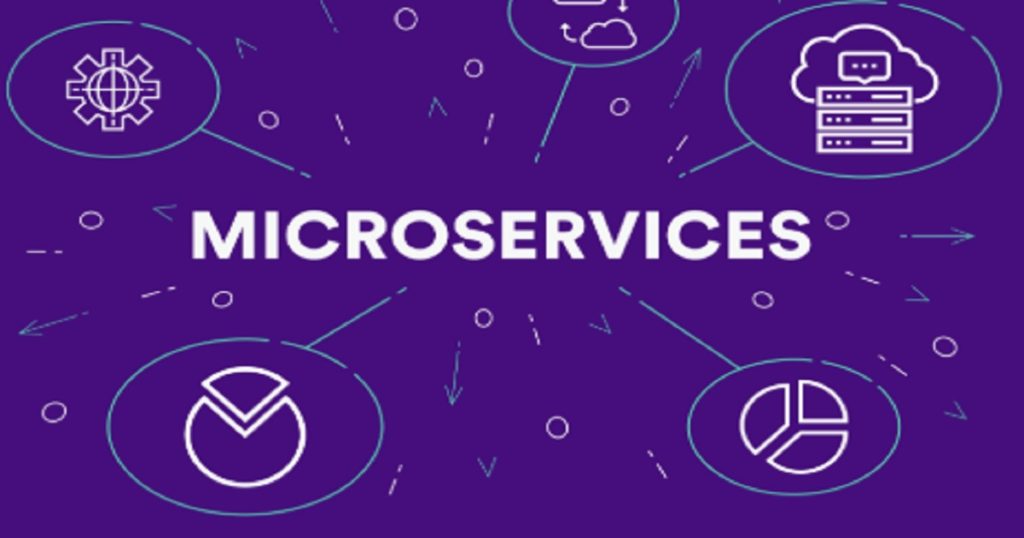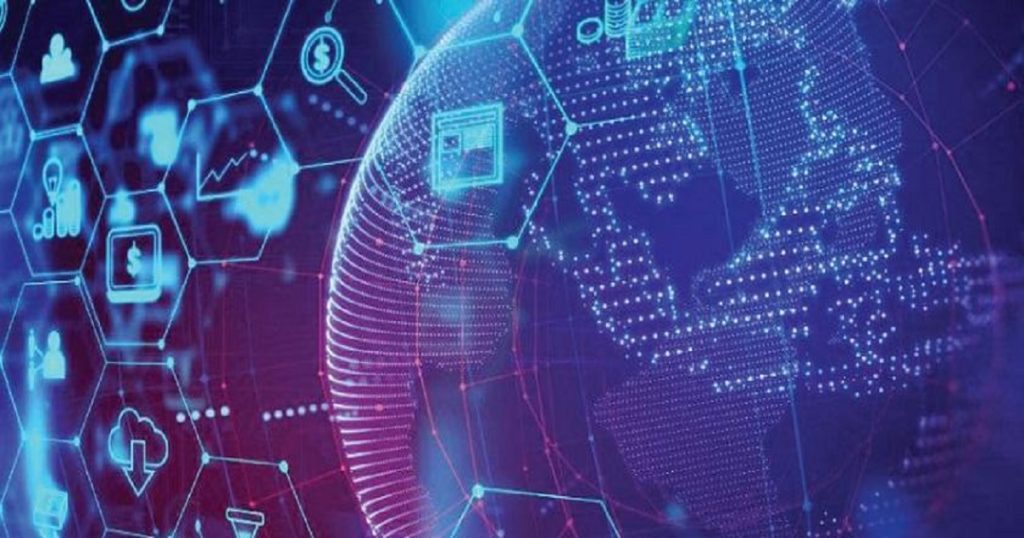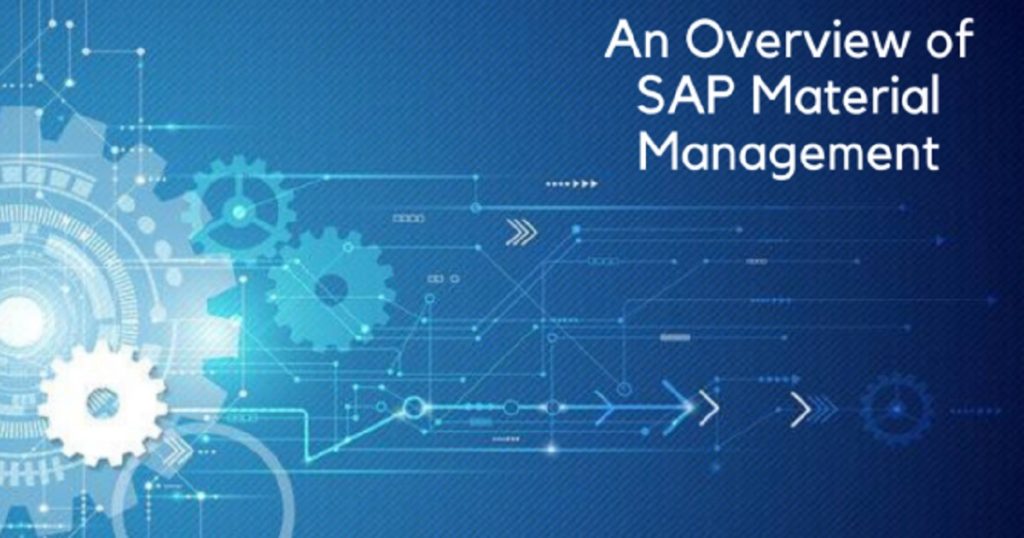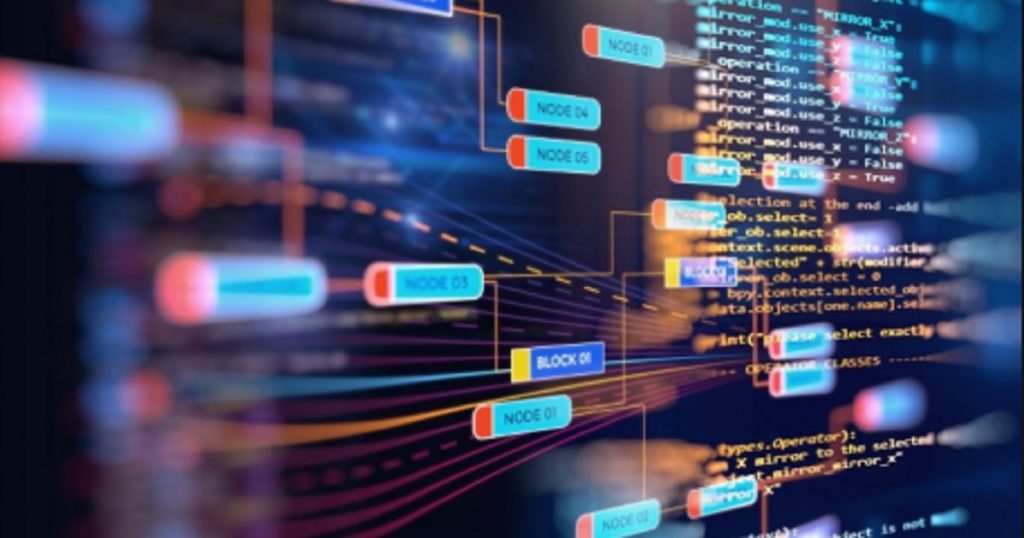Your Guide to Estimating the ERP Software Development Cost
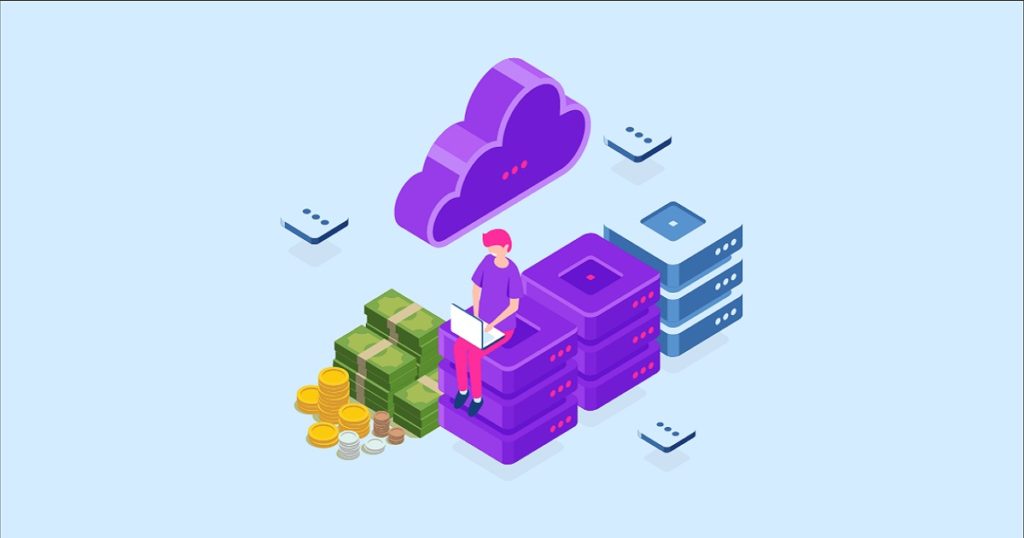
The seemingly easy to glue together and operate suite of software that is meant to ease the day to day process of an organization, ERP is a lot more difficult to strategize and implement than its functioning lets by.
The engineering of an easy flowing frontend is powered by a much complex backend architecture – something that comes with attached ERP development cost. A cost estimate that is arrived at on the basis of features that are to present in the making of a good ERP system and the market that the system has made for itself.
In this article, we are going to help you understand the different factors that are entailed in the ERP software development cost. But before we move on to that stage, let us first look into the advantages of Enterprise Resource Planning system that have contributed into the positive outlook of it in the industry.
Streamlined Processes
The modern ERP systems are designed to bring all the data together, which ultimately improves the prevalent bottlenecks in the business process, something that single-handedly answers the question – is ERP good for small business?
Better Tracing and Control
If your business deals in digital or physical products, the ERP systems can offer an easy approach to track your products. Here’s how the system make it possible –
Visualizing the Service and Product Movement
One of the primal ERP benefits is seeing how services and products are moving in the pipeline. There are multiple ERP software vendors who offer tools that come with the efficiency of order tracking, revenue tracking, inventory, tracking, and raw material management.
Advanced Customer Service
One of the reasons why companies invest in custom ERP development is the change that the software brings to their customer service domain offering.
Here are the two ways your customer service domain is made more efficient through the ERP system.
Better Aligned Suppliers and Customers
ERP software is known to improve both backend and frontend relation of business i.e. a relation that the company has with both their vendors and customers. An effect of which is streamlined shipping time and better customer experience.
Support and Evaluation of the ERP System
Once the ERP system is made live in the business, the whole process of evaluation and maintenance starts. This ongoing process looks into and takes care of the system to the T, ensuring that it is performing exactly as it was intended to.
This whole implementation process takes different time according to the different business sizes it is going to be deployed in. Usually, this is what the timeframe looks like



